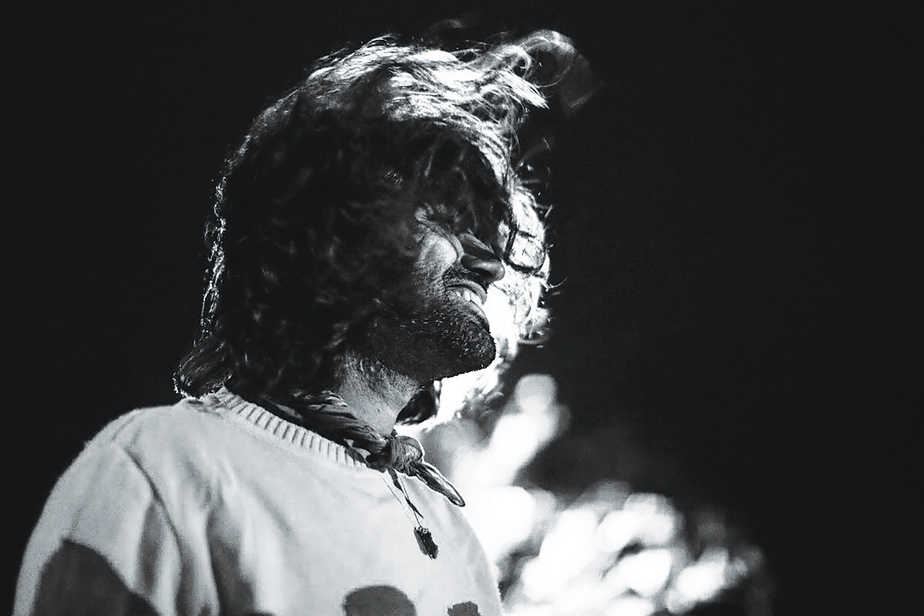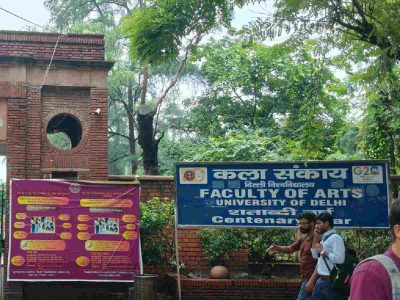There are people who connect us with fashion by pulling the very chord inside of us. With no set rules or benchmark involved, they use their own narrative through a body language and a second skin.
One such heretic is Nikhil D, a stylist, who tells us about his recent collaboration with Péro and everything else that brings him to create the kind of work he does.
As we look through your portfolio, we see a series of images of girls and boys at great ease with themselves and their environment. As a stylist, what does this reoccurring mood convey?
I am not sure how to answer that. I like to see people as if they are not aware I am looking at them, doing things they would do when no one was watching. Voyeuristic and random, if I am lucky.
I love finding new Indian faces and that led me to recently start an agency called Feat. Artists, with a friend Smita Lasrado who is an IMG Paris Model. The idea is to represent all ethnicities, shapes and sizes from the sub-continent focussing on each one’s personality and skill.
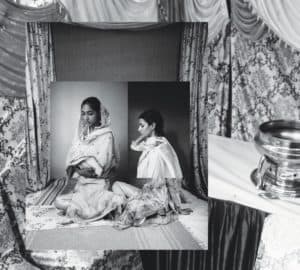
You have recently worked with Péro on a couple of projects. As a collaborator, what is your understanding of its new collection of Indian staples?
Aneeth Arora’s Indian line as she puts it, is for the alternative girl at the wedding, who wants to be understated. I think it’s just that. It’s almost like everyday luxury for a woman who likes to own delicately hand embroidered, light weight, soft breathing fabrics. Something that would age beautifully and could even be passed on to one’s grandchildren.
What was the entire ideation like? How did you reach the concept for this project, from set design, mood to the overall look?
We both agreed upon the girl donning a Parandi immediately. The idea then was to create a photo booth at a Punjabi or Sikh wedding (Anand Karaj) using old studio photos of friends making memories as inspiration. Set design really was the ultimate collaboration between me, Aneeth and Zacharie Rabehi, the photographer. He saw a Shamiana while smoking outside Péro studio and we had that recreated. Two photo booths were created with textile from Aneeth’s extensive archive. I created the collages with the idea to give the portraits more emotion with the group hug making a big appearance. We shot everything on polaroid as well to keep it candid and interactive. That really helped build the mood and get the girls into character.
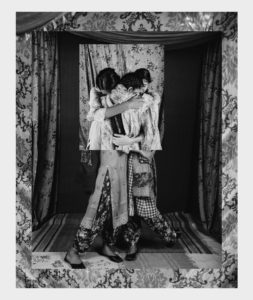
Were there any challenges in the execution of this project? How do you communicate with the team on board, from photographers to the models, into believing your vision for the project?
The only challenge was maybe, where to stop. With a team that is on the same page it is always a challenge to control the possibilities of what you can create. As a creative director, it is my job to make sure everyone is aware what the visualisation is and we are all there to create something great together. I guess we discuss the mood enough to ensure creatives on board who are interested in doing the job right and performing to make the vision come alive. There is a mood board for reference but then it is all about improvising as there was nothing we were trying to replicate.
Do you have an end viewer in mind, when you are developing concepts for your work? How do you go about that?
Yes, always. I think of who is buying and what else they look at. The idea is to create something an audience has not seen before, in fact feel inspired to change what they are so used to.
What social/political issues (in fashion or otherwise) do you think affect your work?
I want more people to be open minded and look at all sorts of people as beautiful and inspiring even when they don’t fully relate to them. I personally find things that I am not fully comfortable with or aware of, things that could possibly be inspiring. With so much going on and influencing your mind, you must question everything.
”Styling becomes a scaffolding of fashion. It’s a cache-misère, it’s making things much more interesting than they really are. That’s why styling has such a major impact on society: styling of food, of photos, lifestyle… Some people are really talented, and almost artists, but sometimes it is just trying to hide a lack of ideas”, said Lidewij Edelkoort, a Dutch fashion forecaster. What are your thoughts on this?
Yes, I guess there is truth in that. Sometimes you are called upon to make things look better than they are. Other times there is pressure to make things look as good as they are. Either way your job is to give whatever you do a story, make it believable and show the best version of it.
You have worked on multiple projects in the past that utilise waste material. How it is that you relate to waste?
I am a hoarder so I have clothes from when I was in school. I also collect things from my parents, cousins and friends, apart from buying second hand. I prefer to work with something as a base — waste became that for me and it stuck, since I noticed that it is a non-exhaustive well and a great medium for someone who never discards anything. One such project was a collaboration with 11.11/eleven.eleven who opened their archives of textile scraps and studio for me to create a line with them.
Are there more such projects you are working on? Please share any waste based projects by other creatives/designers that you believe are best examples for a sustainable future.
I am working on a line of unique one off pieces of clothing made using waste from five Indian design houses. It includes some deconstructed pieces and lots of everyday clothes.
How important do you think is Bollywood for the fashion scene in India?
It is more important than the fashion industry in India so that makes it a big influence on the design and fashion scene. Sadly, I think it has mostly only out shone it rather than facilitate good design. Thankfully, there was Sri Devi and Rekha who had inspiring moments and challenged basic ideas of beauty and fashion.
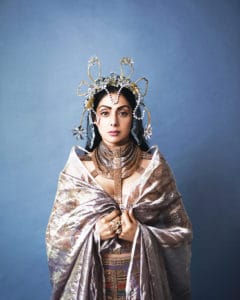
Which designers in India do you think are relevant to a larger audience in terms of their product and reach?
Rajesh Pratap Singh has to be a favourite of mine. His sense of proportion, finishing and textile innovation is far ahead of most. Péro as well. I think Aneeth’s attention to detail and mix of textile along with their ‘worn in’ feeling really resonates with my personal taste in fashion. They both have a sense of being strongly Indian while working with crafts and textile. Making contemporary for the world is not their sole purpose when it comes to designing. Kallol Datta has a distinct voice and I have always thought highly of his work especially since it’s so personal to him yet I think he’s found his niche and his customer with quite a fan following within the fashion community itself even though his work is form defying.
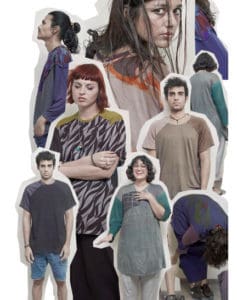
If you were to design a show for Netflix, what would that be like?
It would be a sci-fi show about humans who did not build against the course of nature but along it. How they further develop their powers to communicate with what is around them. Sounds awfully lot like Avatar, the movie.
One piece of clothing you could wear to death?
T- shirts and tiny denim cut off shorts.
Something you would never wear?
A jumpsuit. Also, sweatpants/joggers
Are you a wardrobe editor or a builder?
I can’t pick one. I like to buy new things only when I feel I need change as I’m not a compulsive shopper. I also own things from when I was in school and college that I still wear. Hoarder is the word that describes me best. Wait builder if I had to choose one.
Best advice you have received?
Don’t make big decisions emotionally.
Biggest lesson learnt?
Don’t expect people to not do the things you wouldn’t do. Don’t wait for anyone to give you anything you want. Learn to love your own company.
If you had three more hours per day, what would you do with them?
I would watch movies or read or get more work done.
Toughest thing about being your own boss?
To be self-critical of your ideas and work. The final decision is always yours and that means you have to take the blame when things fail.

